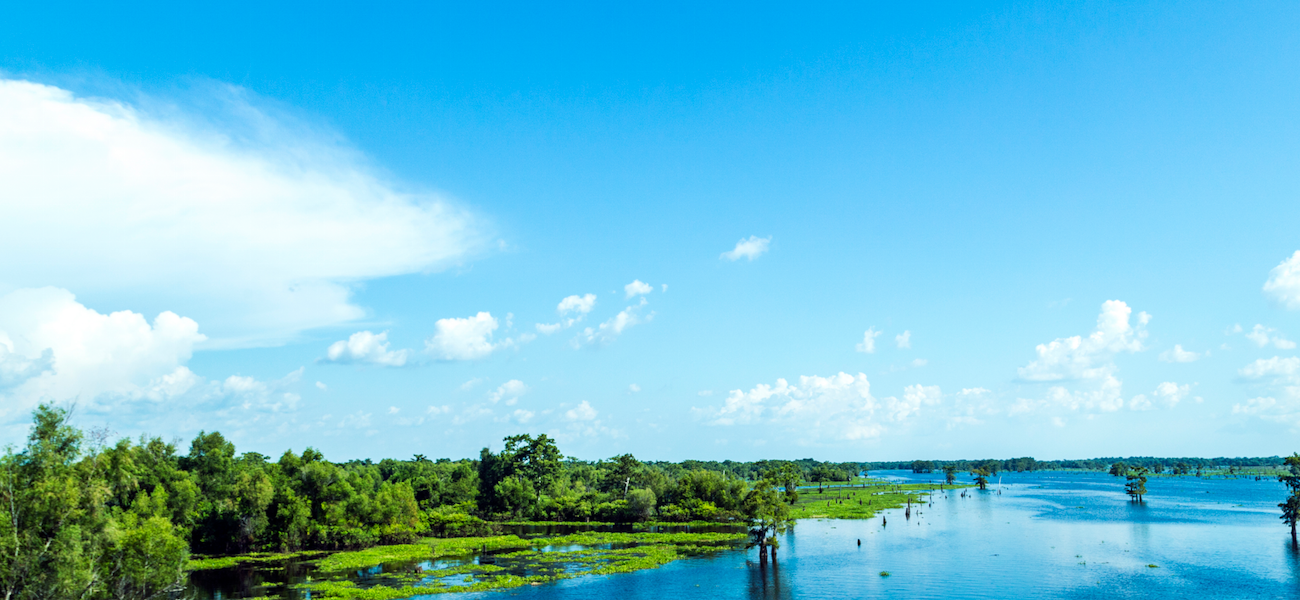After the August 2016 flood, a trending topic was one long-delayed diversion canal some say could have helped lessen the damaging floodwaters. In 1992, Congress approved the Comite River Diversion Canal project in response to a major flood almost a decade before. The canal would help protect the towns of Zachary, Baker, Central, Denham Springs and other residential areas in the lower Comite and Amite river basins by shifting floodwaters from the Comite directly west to the Mississippi River. But 25 years later, only one component has been constructed. The rest are still on paper. Here’s a look at what’s left of this complicated undertaking.
Hover over the numbers to learn about the different steps involved in Comite River Diversion Canal:









